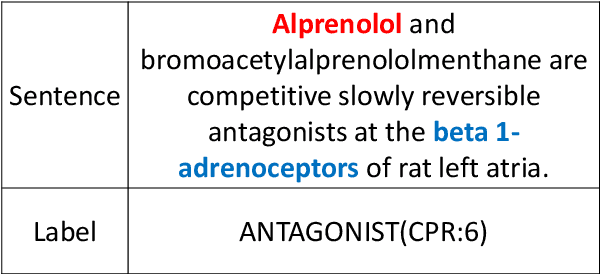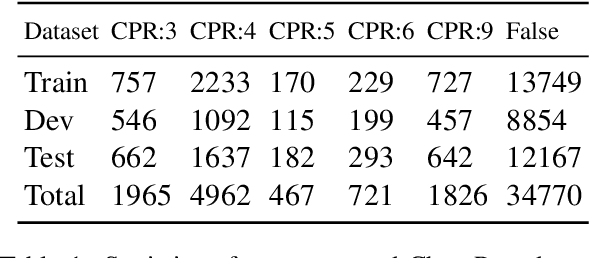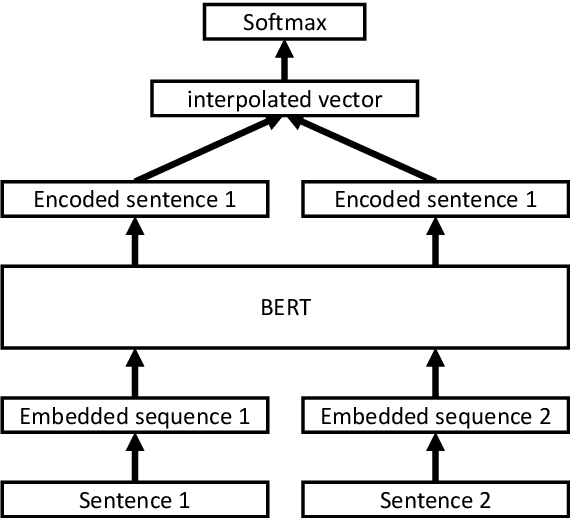Dongha Choi
Bridging Neural Networks and Wireless Systems with MIMO-OFDM Semantic Communications
Jan 28, 2025Abstract:Semantic communications aim to enhance transmission efficiency by jointly optimizing source coding, channel coding, and modulation. While prior research has demonstrated promising performance in simulations, real-world implementations often face significant challenges, including noise variability and nonlinear distortions, leading to performance gaps. This article investigates these challenges in a multiple-input multiple-output (MIMO) and orthogonal frequency division multiplexing (OFDM)-based semantic communication system, focusing on the practical impacts of power amplifier (PA) nonlinearity and peak-to-average power ratio (PAPR) variations. Our analysis identifies frequency selectivity of the actual channel as a critical factor in performance degradation and demonstrates that targeted mitigation strategies can enable semantic systems to approach theoretical performance. By addressing key limitations in existing designs, we provide actionable insights for advancing semantic communications in practical wireless environments. This work establishes a foundation for bridging the gap between theoretical models and real-world deployment, highlighting essential considerations for system design and optimization.
Extracting Chemical-Protein Interactions via Calibrated Deep Neural Network and Self-training
Nov 04, 2020



Abstract:The extraction of interactions between chemicals and proteins from several biomedical articles is important in many fields of biomedical research such as drug development and prediction of drug side effects. Several natural language processing methods, including deep neural network (DNN) models, have been applied to address this problem. However, these methods were trained with hard-labeled data, which tend to become over-confident, leading to degradation of the model reliability. To estimate the data uncertainty and improve the reliability, "calibration" techniques have been applied to deep learning models. In this study, to extract chemical--protein interactions, we propose a DNN-based approach incorporating uncertainty information and calibration techniques. Our model first encodes the input sequence using a pre-trained language-understanding model, following which it is trained using two calibration methods: mixup training and addition of a confidence penalty loss. Finally, the model is re-trained with augmented data that are extracted using the estimated uncertainties. Our approach has achieved state-of-the-art performance with regard to the Biocreative VI ChemProt task, while preserving higher calibration abilities than those of previous approaches. Furthermore, our approach also presents the possibilities of using uncertainty estimation for performance improvement.
 Add to Chrome
Add to Chrome Add to Firefox
Add to Firefox Add to Edge
Add to Edge